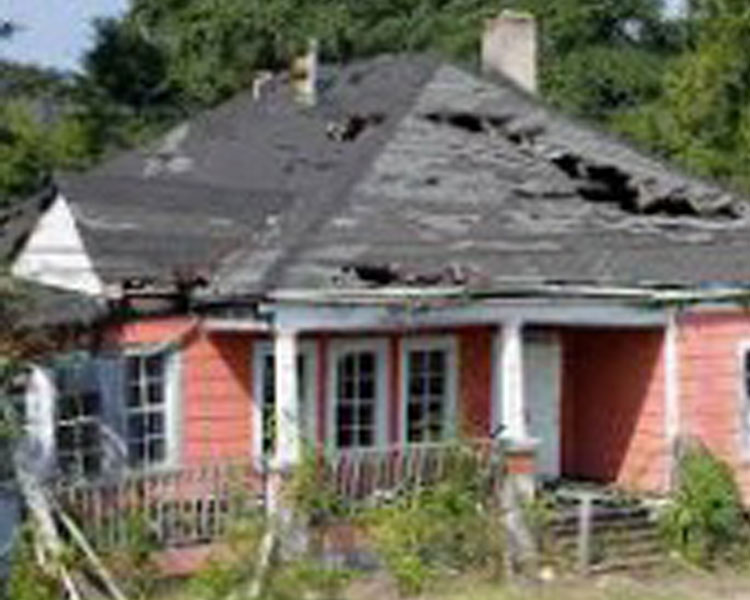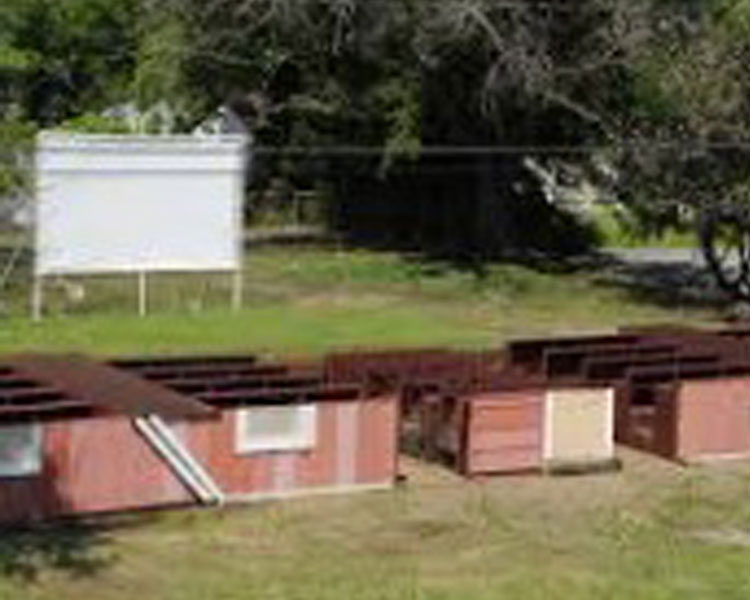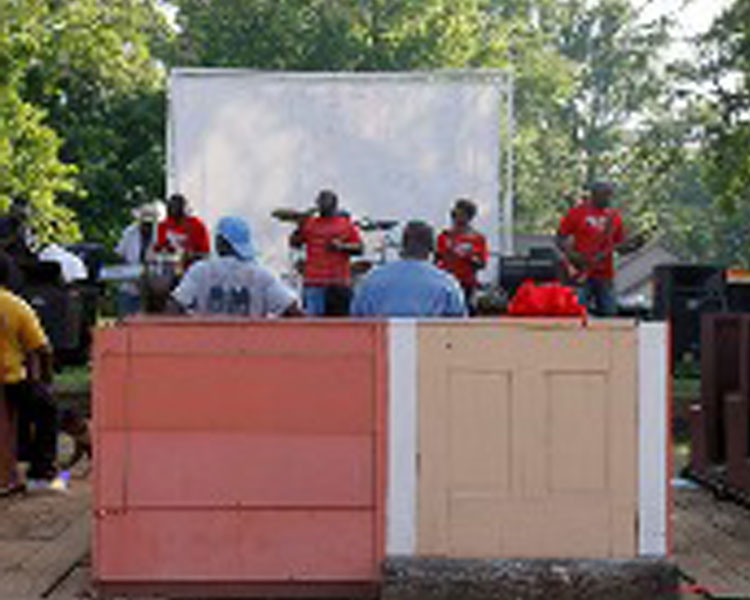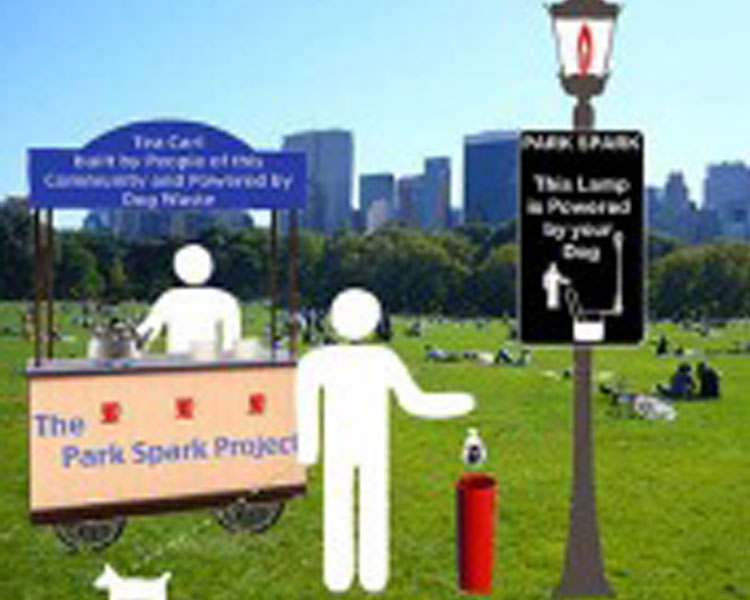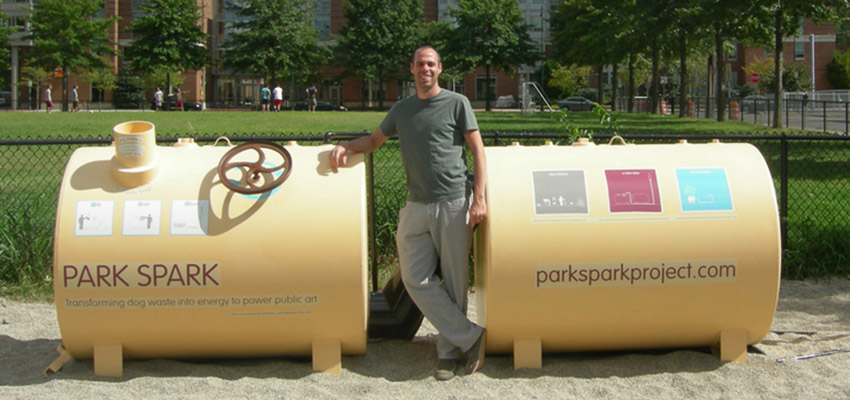
Matthew Mazzotta is a conceptual artist who creates permanent and temporary public interventions that range from opening up new social spaces inside the built environment, to addressing more pressing environmental issues, but always with a focus on community and public participation. As a graduate student at MIT in 2008, Matthew took the D-Lab: Development course and traveled to Ranikhet, India with D-Lab to build a biodigester with a local community partner (see image, top left).
1) What's the most important thing you learned at D-Lab?
The most important thing I learned was how to approach a community’s problem as an outsider. I learned to consider a specific location’s unique context and to understand that the people that live there need to be directly involved in any solution since they will be the ones living with it. It was D-Lab's approach of looking at the context-specific relationships between people and their environment and community and the focus on developing solutions that are environmentally sustainable and socially appropriate that helped me see a way that I could participate.
2) How has that important thing you learned at D-Lab influenced the work you do?
I am an artist who travels the world to make community-based public artwork. I get invited to work with different communities and the projects I do usually revolve around coming into a community and trying to figure out a framework that draws the local people in to have an experience that is unique and relevant specifically to them. I never just provide content or give my ideas about a place because I know I am an outsider. The work always comes out of understanding that the people that live there know the issues of their community better than I could ever. My work is about designing a framework where the people are drawn into the artwork through their own curiosity, which in turn, results in them participating in something unrehearsed and having a deeper exchange with their neighbors that they would not usually have. The artwork is ultimately a catalyst for dialogues that have been waiting to happen.
Recently I created a work in York, Alabama which started with asking people to bring something from their living rooms and staging an outdoor living room in the middle of the street for a conversation about what were the most pressing issues they faced as a town. From these conversations we first identified a lack of public space and then came up with a project that took the most notorious abandoned house downtown and used any salvageable materials from it and the land it sits on to make a new house that physically transforms into a 100-seat open-air outdoor theater anytime the community wants to host a performance or a movie. The project is called Open House (images 2-5 left)– here is a five minute video of the work.
I believe that my approach has always been to use the local materials of the site and to design projects that highlight the sentiments, concerns and interests of the people. Instead of thinking I have an answer for these communities, it is more about creating conditions through a participatory situation that aims at extracting something that is already there, but just under the surface.
I really like D-lab’s strategy of developing tangible solutions that meet the needs defined by the community and utilizing readily available local material so that they can be built, operated and maintained by the people of these communities with very limited outside assistance. Even though this was very much in line with my whole approach to making artwork, it was great to see it so clearly a priority and put in such a concise and intentional way.
Another artwork I did in Cambridge, Mass called the Park Spark Project (images 6-8 left) was directly linked to my time in D-Lab when we went to Northern India to look at biogas and methane digesters. We saw some women there capturing naturally occurring methane from cow waste in their household bio-digesters to cook their meals and make chai. I had been interested in digesters before going, but to see the simple small-scale household digesters was so informative. I had known about the big high-tech digesters we have here on US farms, but to see such a simple passive system working so well with the resources that were available to them was great. When I came back to the US I happened to go by a dog park with a friend and I saw a garbage can full of dog waste. I told my friend “In other countries that big pile of animal waste is seen as an energy source.” That got me thinking about using the dog waste to power a street lamp in a dog-park, so I created the Park Spark Project.
In this case, I designed the Park Spark Project to be appropriate to its location; it just happens that instead of focusing on a third world county, I made a major city in the US the site. So I thought about employing the same strategies, using local resources (dog waste), involving local people to use and maintain it (dog walkers), and thinking about environmental implications (burning the naturally occurring methane, a potent greenhouse gas, reduces its impact on the environment). I also made the whole project ‘open-source’ through the Park Spark website so communities could build their own. On the website are the plans for how to build a publicly-fed digester that uses dog waste, how to raise money to fund it, and how to organize people in the community to keep it functioning. See a video about Park Spark here.
3) How has that important thing you learned at D-Lab influenced your values?
I think my values in terms of my ethics have not been changed. However, it did broaden my perspective on my relationship to people around the world and how I am implicated, either, directly and indirectly, in their lives.
4) What makes you consider yourself a "D-Lab alum"?
My time with D-lab was really such a enriching first-hand experience, being able to come into peoples lives and try to problem solve with them. I think the principles and case studies we did really added structure to my ideas and it is easy to see how it plays right into the work I do now.
-------------
Matthew is teaching an introduction to visual arts class at MIT this semester. Check it out here.
